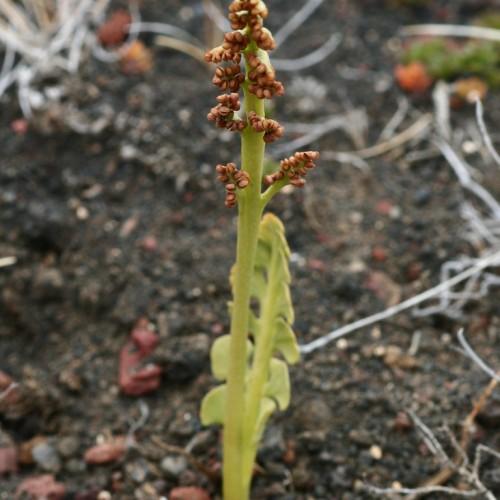
Mingan Moonwort
Botrychium minganense
Watering:
Minimal
Hardiness Zone:
Sun:
full sun,part shade,full shade
Soil:
Sand
Leaf:
Yes
Growth Rate:
Low
Salt Tolerant:
Yes
Care Level:
Medium
watering
Chamomile Grape Ferns should be watered regularly and deeply but not too often. During the summer, they should be watered once per week. In the winter, they should be watered about once every 2 to 3 weeks. The amount of water needed depends on the size and the potting medium of the plant. For a healthy plant, it is important to give enough water to make sure there is no waterlogging but also not too little water that the ferns start to dry out. It is best to let the top inch or 2 of soil dry out a bit between waterings.
sunlight
Chamomile Grape Fern (Botrychium matricariifolium) will require a medium amount of sunlight that equates to about 4 to 6 hours a day. It prefers bright and indirect light during the morning and afternoon with the midday sun avoided. When grown in more direct sunlight, it is important to make sure that it is not exposed for too long and is protected from getting sunburned. The indirect and bright light helps to ensure that the plant thrives and produces healthy growth.
pruning
Chamomile Grape Fern (Botrychium matricariifolium) is an attractive, evergreen plant that requires little to no pruning. It should be left alone to grow naturally in order to maximize its attractive, feathery foliage. However, if you want to control its size or shape, you should prune it in early spring before the new growth appears and again in late summer. During the spring pruning, remove any old or injured fronds or any fronds that may have grown in the wrong direction. During the late summer pruning, remove any fronds that have become too large or unsightly. Be careful not to remove too much of the foliage, as the fronds provide vital protection against pests and diseases.
